Exploring Lawn Alternatives
with Duluth Wayforger™ Rachel Grigorian of @ClarkBrookDesigns.
Scroll down to learn more!
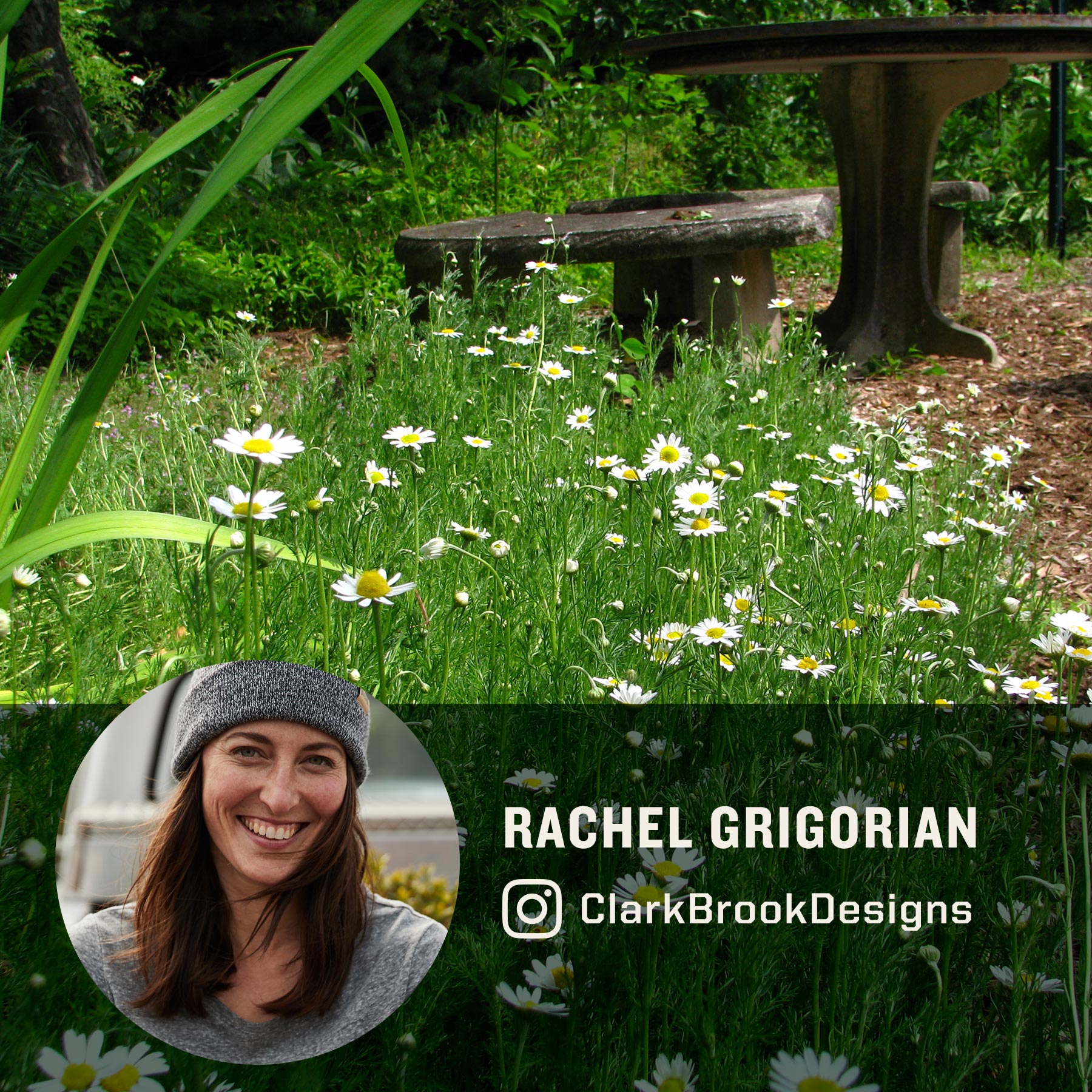
The iconic lawn. Throughout history, a lush green lawn was an indicator of prosperity, ownership and a way to belong among our neighbors. Lawns have become the biggest irrigated crop grown in the United States.
If left alone, lawns could serve as a positive carbon sink for the nasty greenhouse gases in our atmosphere, but the benefits are completely depleted when we add in all the water, fertilizers, pesticides and gas-powered mowers used to maintain them. Mowing and lawn care practices create greenhouse gas emissions 4 times greater than the amount of carbon the grass is able to store.
As a whole, lawns are not helping our climate or ecosystems; they’re making them worse. When we create a monoculture of grass and cut it short so no seeds or flowers are available to our local insects and animals, we’re doing a disservice to the ecosystem we’ve implanted ourselves in.
There are changes we can make that will still provide small lawns for kids to play soccer, a space to entertain guests or paths to place among gardens while supplying food and shelter for ourselves and the critters. One change is converting parts, or all, of your lawn to meadow.
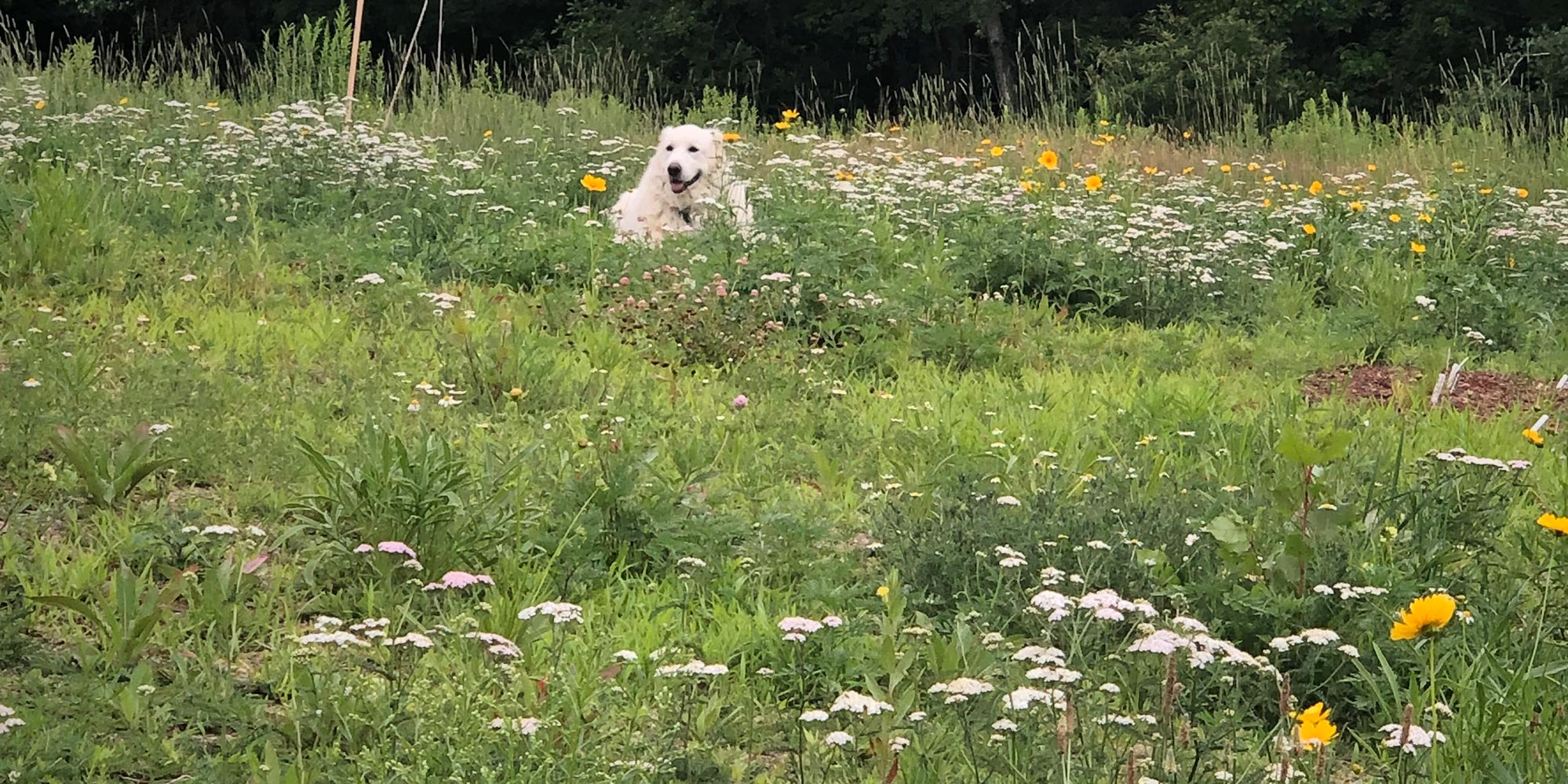
Meadows establish wildlife and pollinator habitats. They’re low-maintenance and low-cost once established. They have a built-in resilience that helps them weather climate extremes, and they can draw down and store far more carbon dioxide than any manicured lawn. A meadow is a beautiful garden giving you landscaping all year round.
If you’re hesitant to give up grass as a whole, try a no-mow fine fescue grass blend that grows about 10” tall with no seed heads. These fescues create a lush shag carpet of grass that doesn’t need to be cut. If the length bothers you, scythe or manually mow a space you use most.
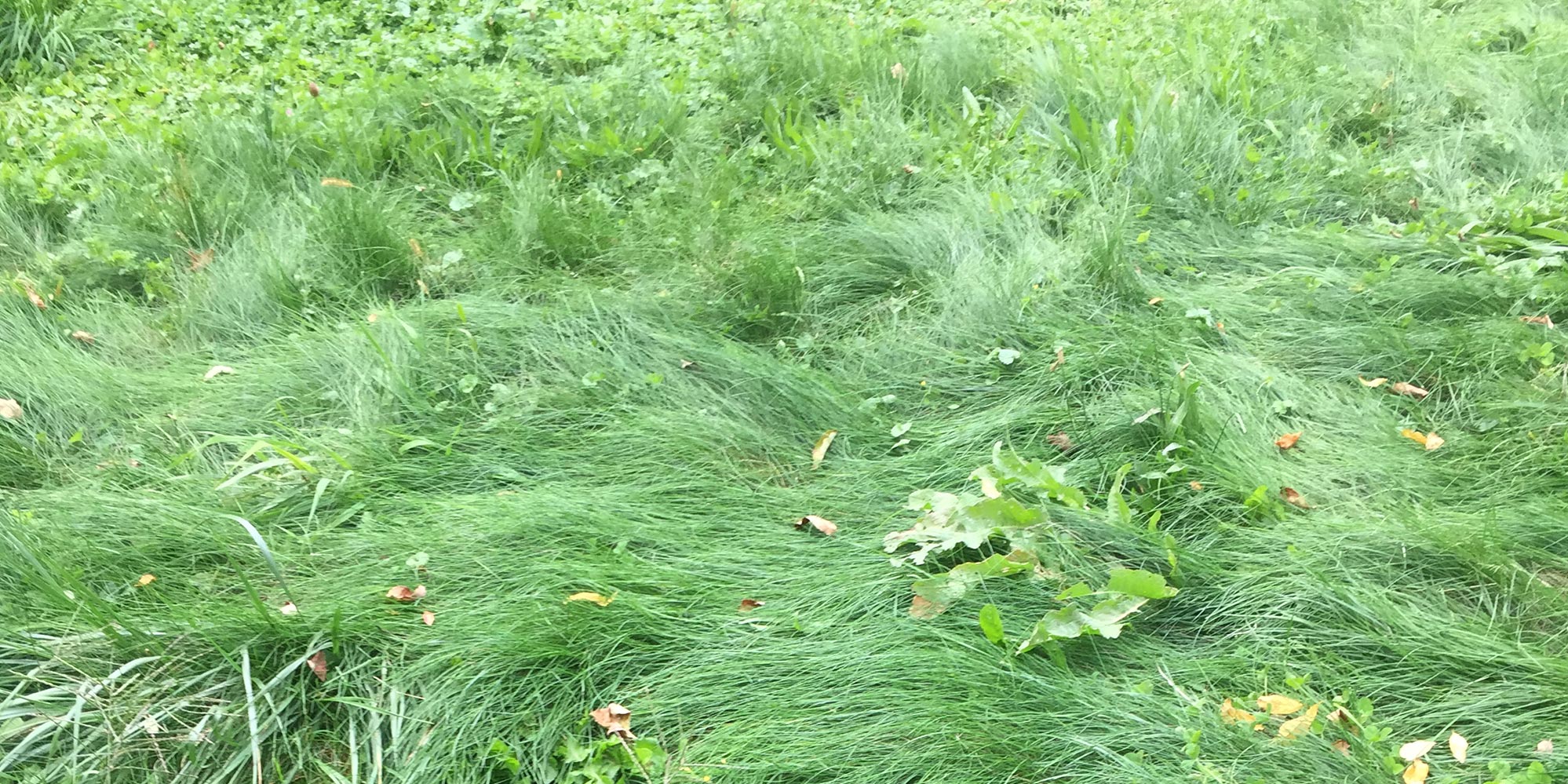
Play with your lawn and add clover into the fescue mix or convert the whole lawn to a variety of clover you like most. White dutch clover grows shorter than the red, but they’ll both provide nutritional food for you, small critters and pollinators alike.
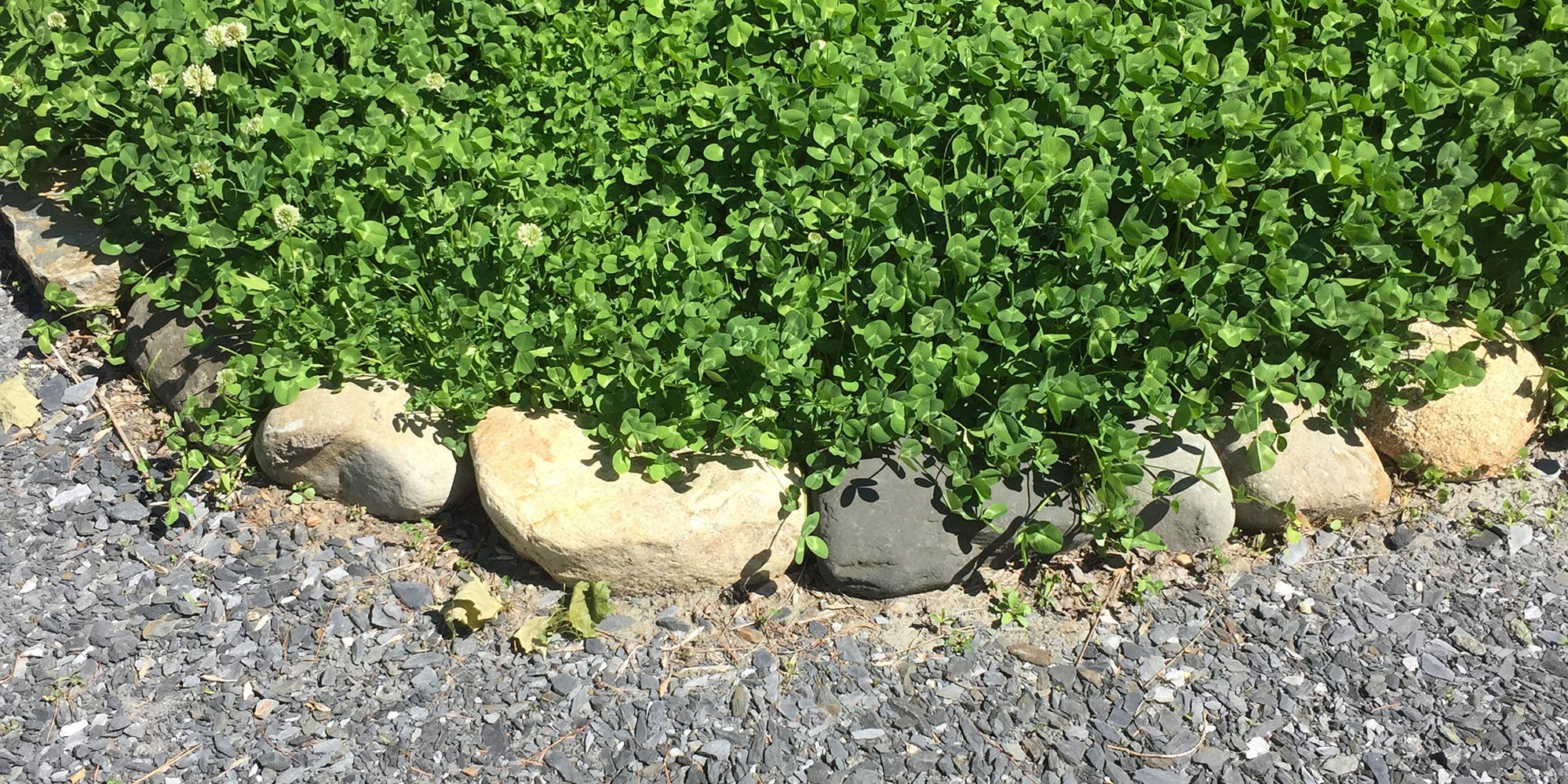
Beyond grass and clover, the purple flowering perennial ajuga creates a mat of scalloped purple and green leaves that bloom purple spikes in mid-summer. It’s great for shady areas where grass has a hard time growing.
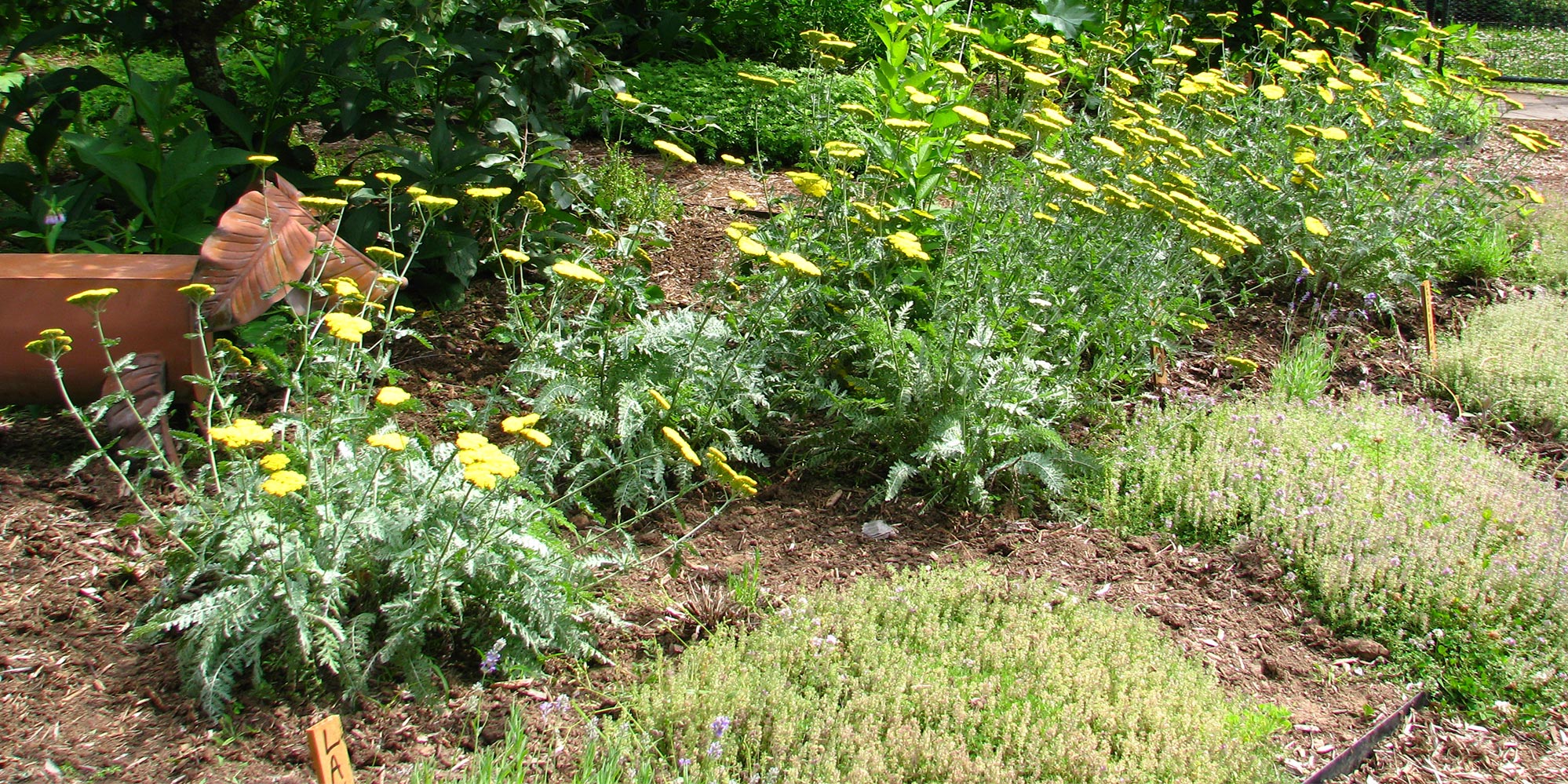
In sunnier spots, the delicious-smelling ground covers of creeping thyme and chamomile are once again a benefit to us as much as they are to pollinators, and the heart-shaped leaves of the viola family take sun or shade and supply edible little flowers.
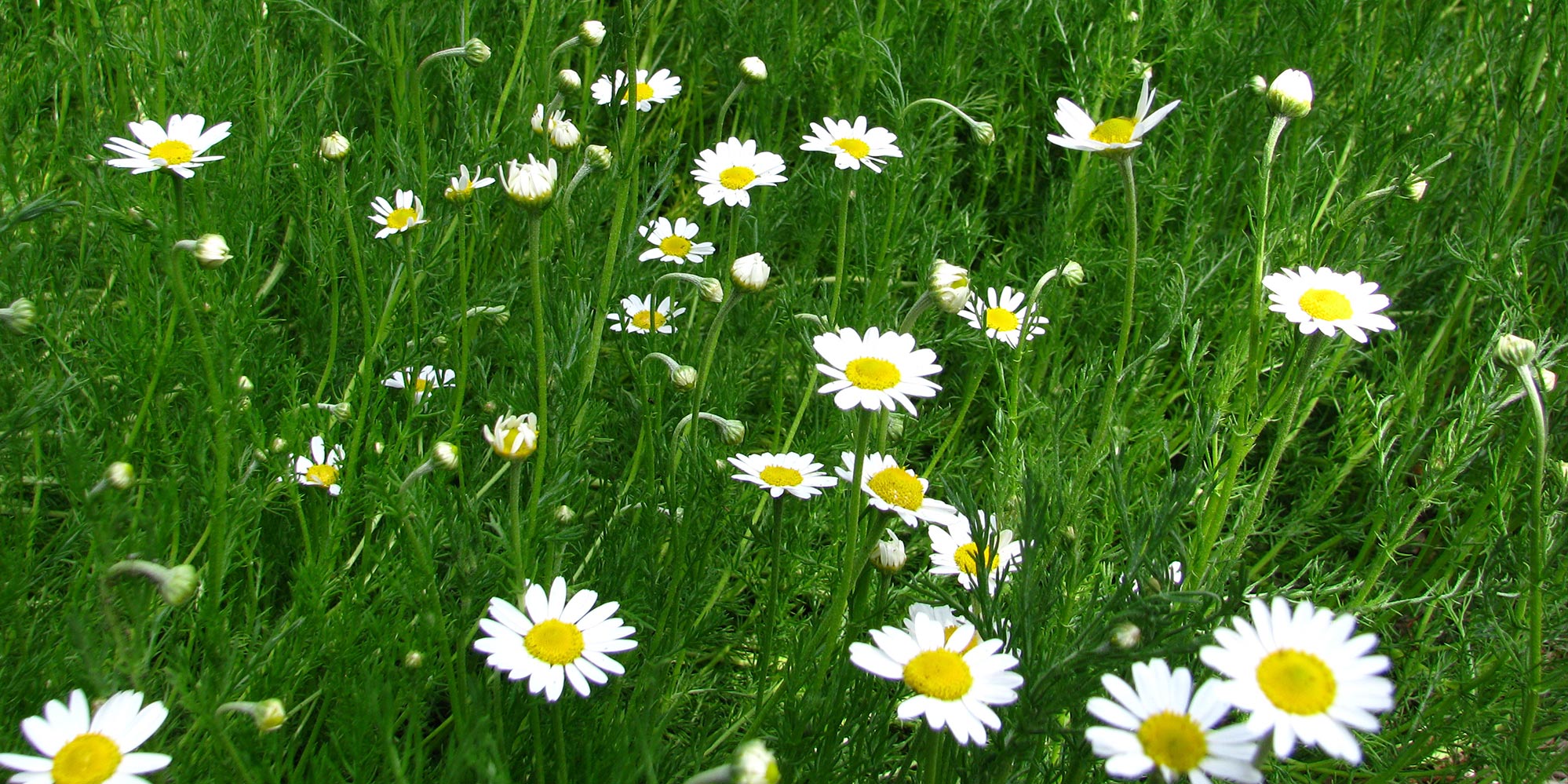
In shadier spots, be bold with Scotch or Irish moss and take a page from traditional Japanese gardens.
Reevaluate why you need your lawn and how much you really need. Your newly planted meadow or ground cover benefits us all. Let’s take the small steps that will lead to much bigger changes.



